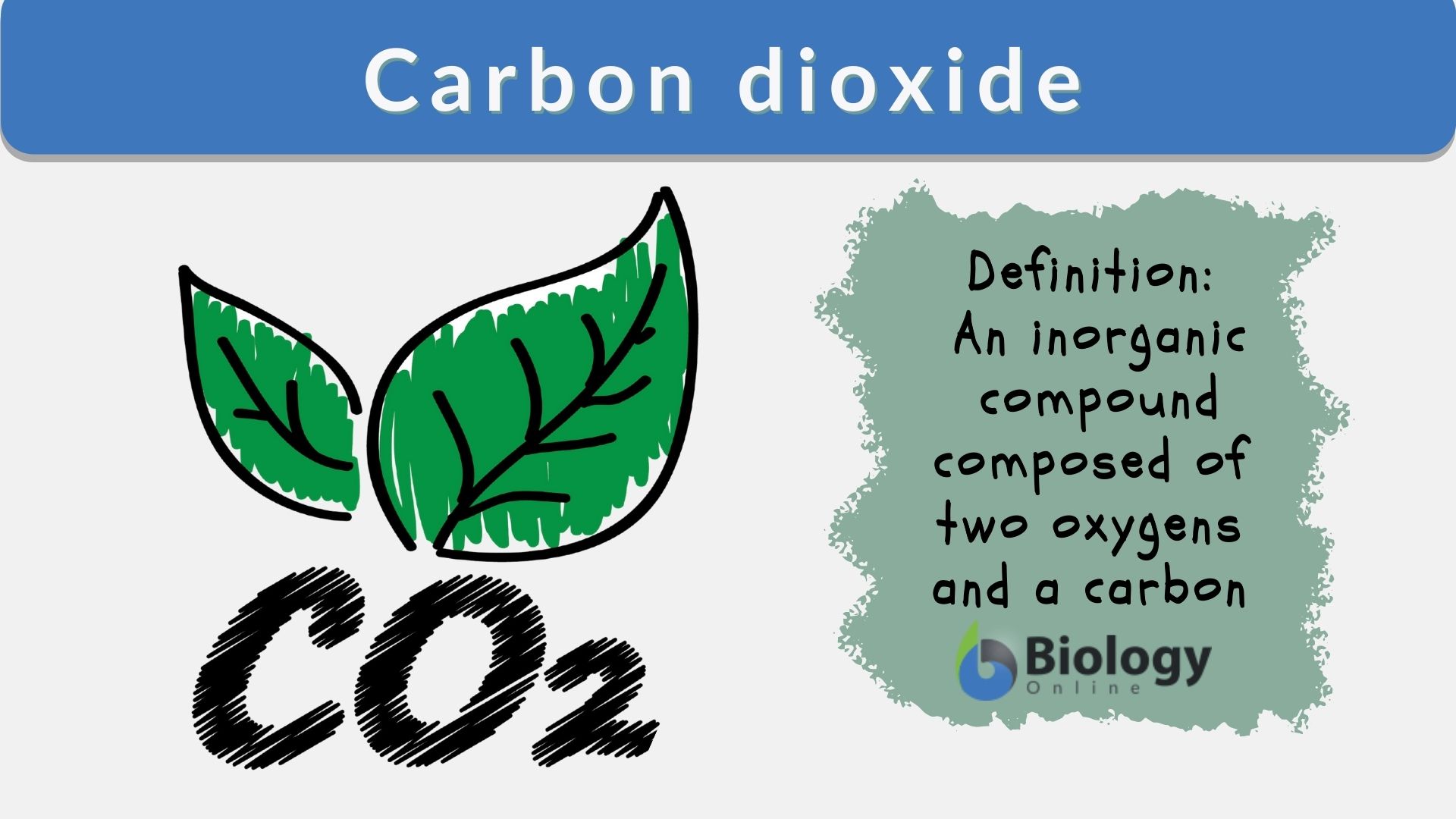
About half of excess CO 2 emissions to the atmosphere are absorbed by land and ocean carbon sinks. Since plants require CO 2 for photosynthesis, and humans and animals depend on plants for food, CO 2 is necessary for the survival of life on earth.Ĭarbon dioxide is 53% more dense than dry air, but is long lived and thoroughly mixes in the atmosphere. CO 2 is released from organic materials when they decay or combust, such as in forest fires. In turn, oxygen is consumed and CO 2 is released as waste by all aerobic organisms when they metabolize organic compounds to produce energy by respiration. Plants, algae and cyanobacteria use energy from sunlight to synthesize carbohydrates from carbon dioxide and water in a process called photosynthesis, which produces oxygen as a waste product. Its concentration in Earth's pre-industrial atmosphere since late in the Precambrian was regulated by organisms and geological phenomena.

Burning fossil fuels is the primary cause of these increased CO 2 concentrations and also the primary cause of climate change. It is a trace gas in Earth's atmosphere at 421 parts per million (ppm), or about 0.04% (as of May 2022) having risen from pre-industrial levels of 280 ppm or about 0.025%. When carbon dioxide dissolves in water, it forms carbonate and mainly bicarbonate ( HCO − 3), which causes ocean acidification as atmospheric CO 2 levels increase. Carbon dioxide is soluble in water and is found in groundwater, lakes, ice caps, and seawater. In the air, carbon dioxide is transparent to visible light but absorbs infrared radiation, acting as a greenhouse gas. It is found in the gas state at room temperature, and as the source of available carbon in the carbon cycle, atmospheric CO 2 is the primary carbon source for life on Earth.

It is made up of molecules that each have one carbon atom covalently double bonded to two oxygen atoms. Carbon dioxide is a chemical compound with the chemical formula CO 2.


 0 kommentar(er)
0 kommentar(er)
